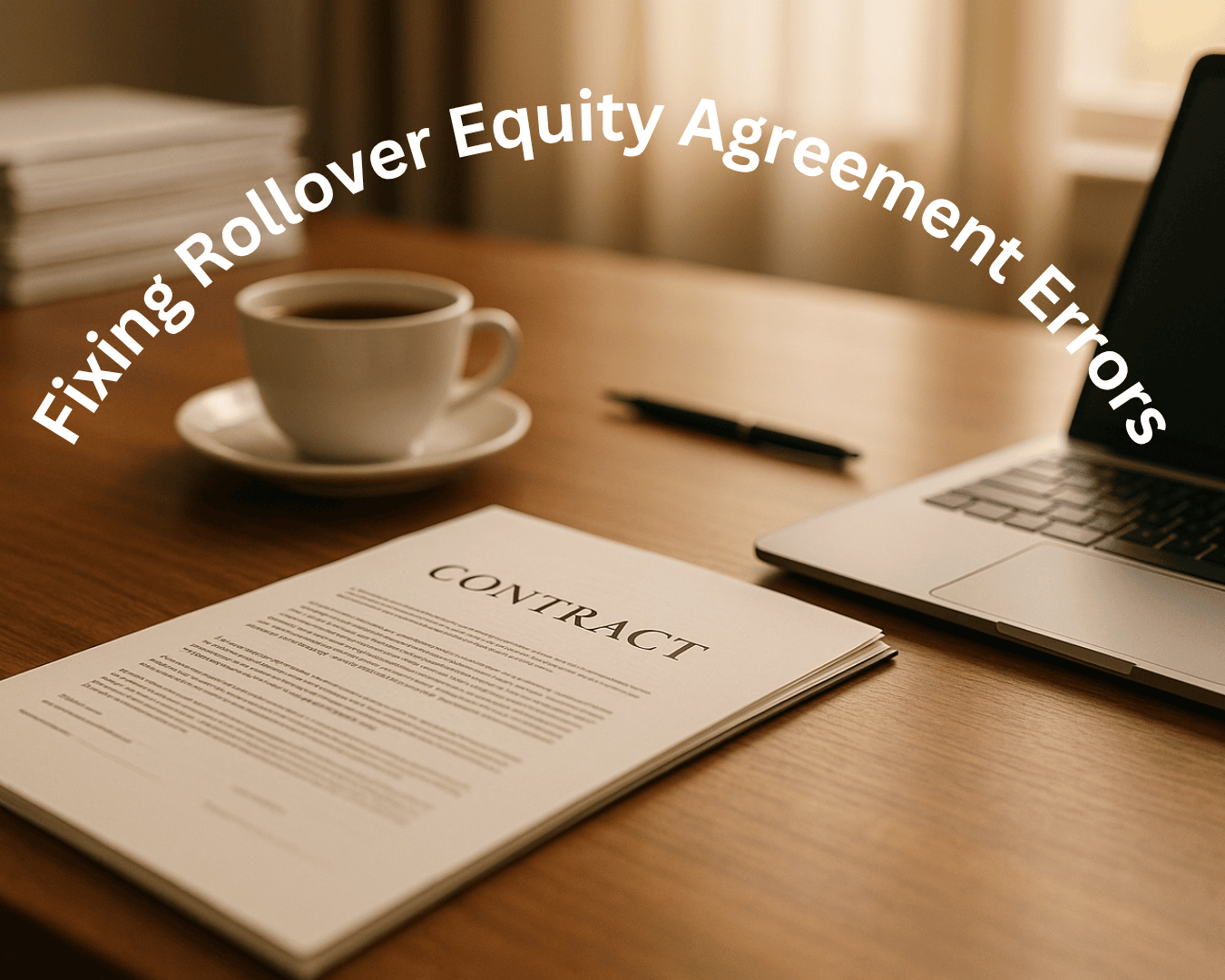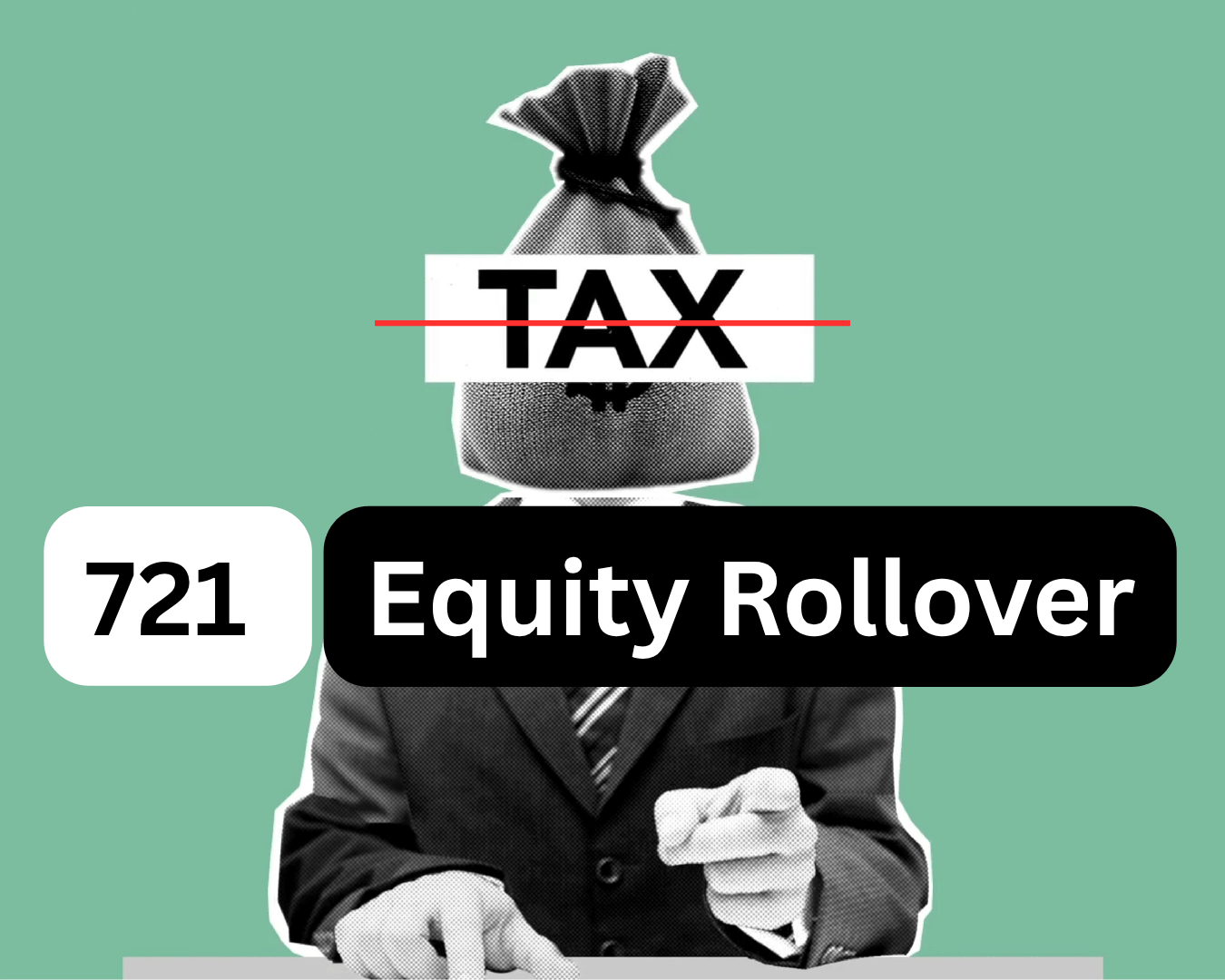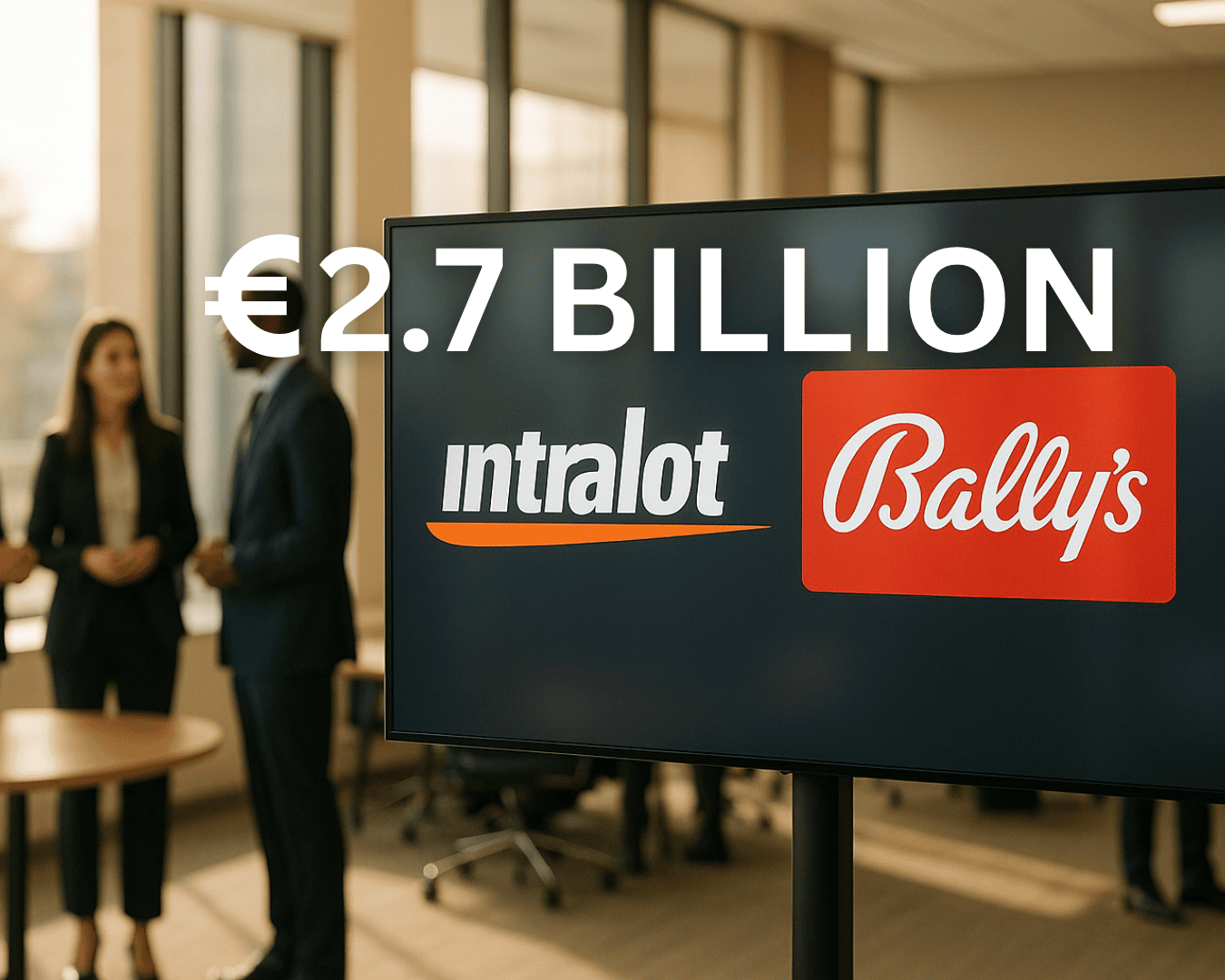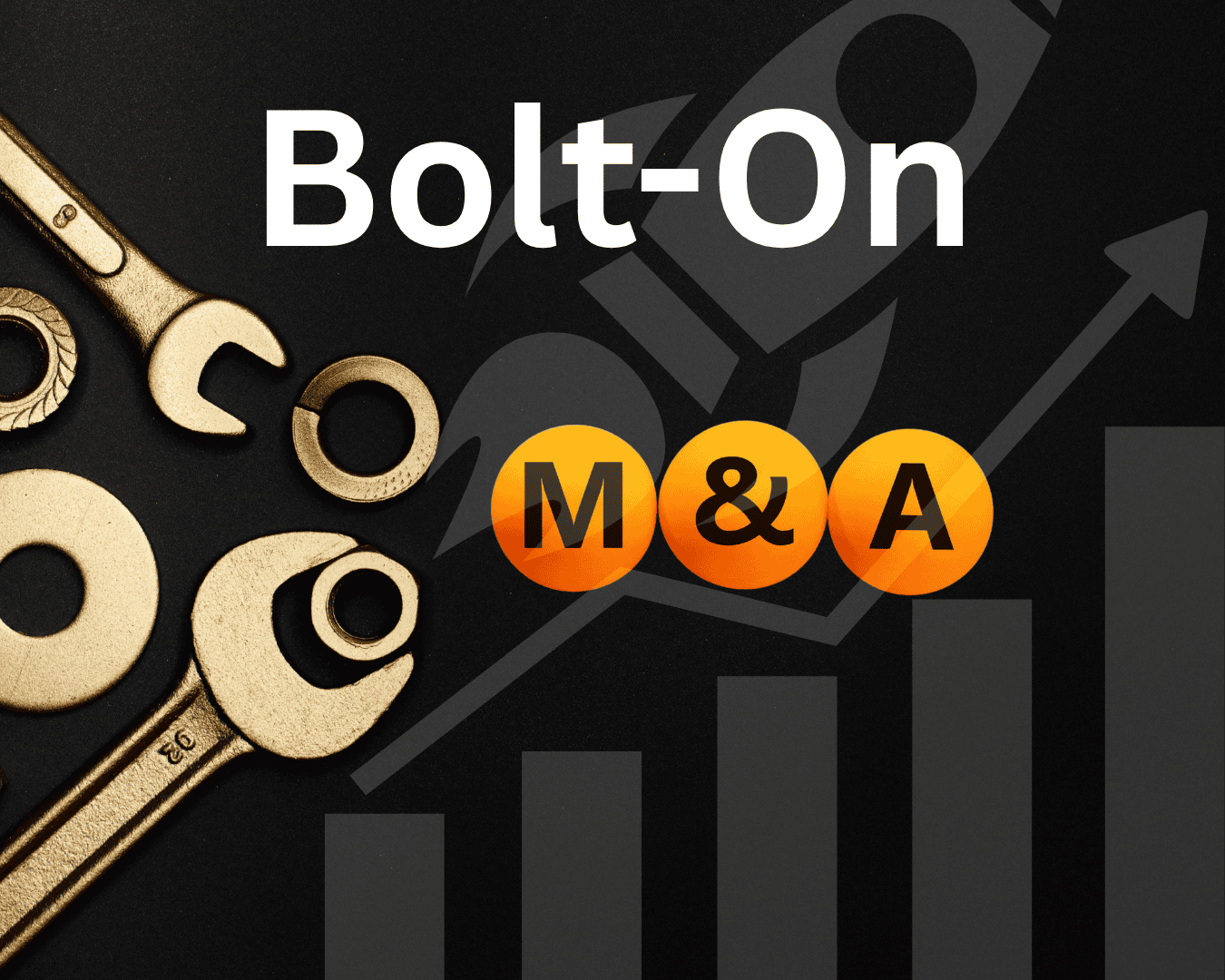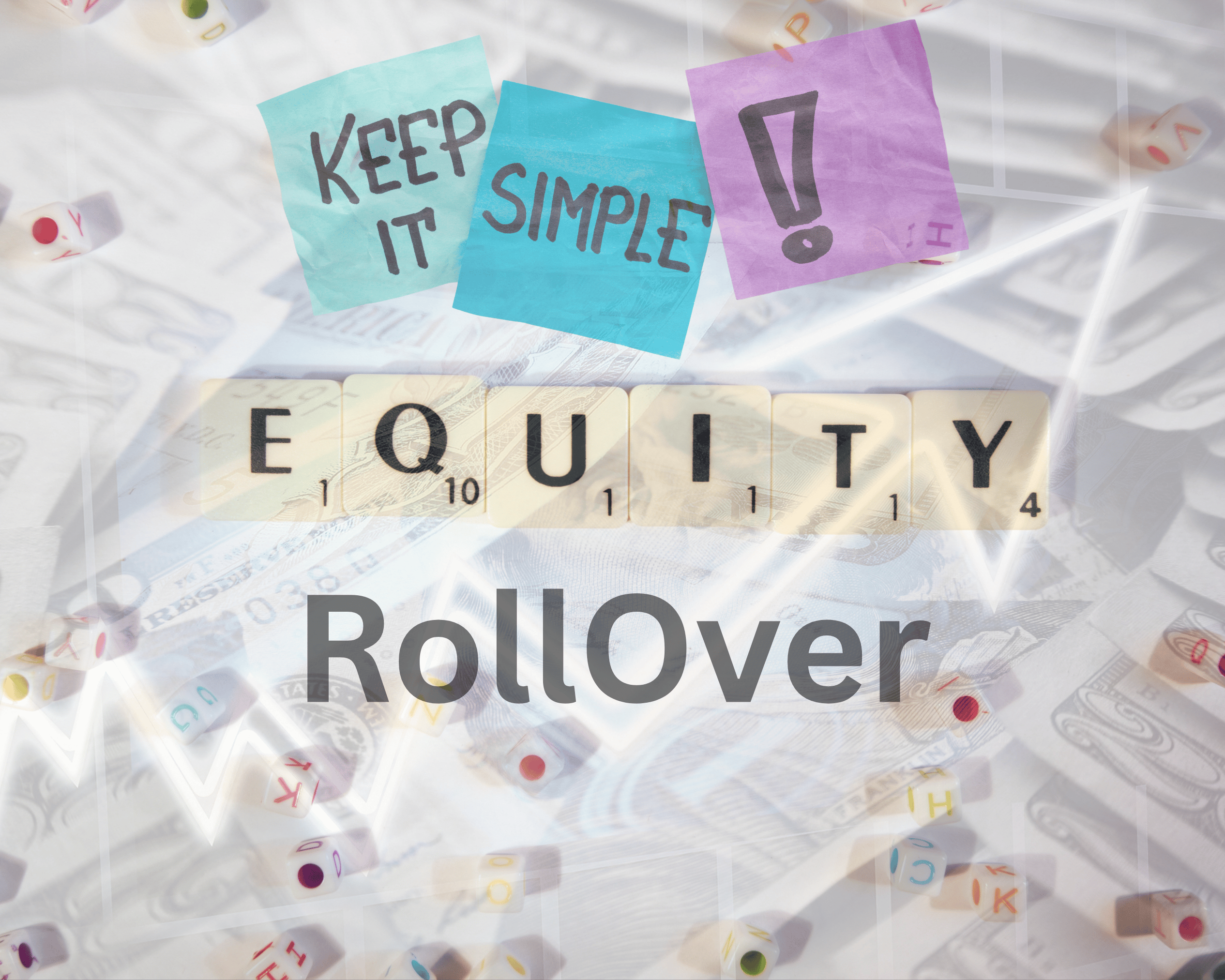Revenue assumptions are a core factor in determining how much a business is worth. Whether you're buying, selling, or valuing a company, these projections influence key valuation methods like discounted cash flow (DCF), revenue multiples, and exit multiples. Here's why they matter:
- Small changes in growth forecasts can significantly alter valuations. For example, projecting 10% growth versus 3% can shift a business's value by millions.
- Overestimating growth inflates valuations, leading to failed deals, financial risks, and unmet expectations when reality falls short.
- Underestimating growth undervalues businesses, leaving sellers at a disadvantage and missing opportunities for a better sale price.
- Industry dynamics matter. High-growth sectors like SaaS are more sensitive to revenue assumptions, while industries with lower multiples (e.g., retail) see smaller valuation swings.
- Accuracy requires more than historical data. Market trends, competition, and company-specific factors like product launches must be factored into forecasts.
The bottom line: Accurate revenue projections are critical for fair valuations and successful transactions. Both buyers and sellers should validate assumptions using tools like AI analytics and industry benchmarks to avoid costly mistakes.
How to Create 5 Year Projections AND Business Valuation
How Revenue Assumptions Affect Business Valuation
Revenue assumptions play a pivotal role in determining a business's valuation, influencing various valuation methods in distinct ways. The extent to which these methods are impacted by changes in revenue estimates can differ significantly.
One of the simplest methods is the Multiple of Revenue (MOR) approach. This method calculates a business's value by multiplying its current or projected revenue by an industry-specific factor. For instance, if a software company generates $2 million in annual revenue and the industry standard is a 3× revenue multiple, the valuation would be $6 million. If the revenue increases to $2.5 million, the valuation jumps to $7.5 million. This straightforward example highlights how directly revenue estimates can shape valuation outcomes.
The Discounted Cash Flow (DCF) method, however, tends to be even more sensitive to revenue assumptions. This method projects future cash flows - largely driven by revenue growth - and discounts them to their present value. Even small differences in annual revenue growth rates can compound over time, leading to significant swings in valuation. This makes accurate revenue forecasting critical for minimizing errors when using the DCF approach.
In the Exit Multiple method, revenue projections are paired with anticipated sale multiples at a future point, typically within three to seven years. This method relies on revenue estimates to determine both the projected exit value and interim cash flows. For example, a manufacturing company forecasting $10 million in revenue by year five would command a much higher valuation than one projecting $7 million for the same period.
Sensitivity to revenue assumptions also varies by industry. Technology companies, for example, often trade at higher revenue multiples. A SaaS business might see multiples in the 5–10× range, meaning even a $100,000 error in revenue projections could shift the valuation by $500,000 to $1 million. Meanwhile, a traditional retail business, typically valued at 0.5–1.5× revenue, would experience a smaller impact from the same projection error.
For subscription-based businesses, while valuations may be less volatile, other factors like customer churn and expansion rates remain critical. A monthly churn rate of 2% versus 5%, for instance, can lead to vastly different revenue trajectories over time, directly influencing valuation. Market conditions further shape how revenue assumptions affect valuation. In economic downturns, buyers often apply more conservative revenue multiples and higher discount rates, amplifying the impact of any revenue forecast changes. For example, a business projecting 15% growth might secure a higher multiple during a strong economy than it would in a weaker one, emphasizing the importance of precise forecasting.
Seasonal businesses require particularly detailed revenue modeling. Take a landscaping company that earns most of its revenue during a six-month peak season. Overestimating performance during this peak could lead to inflated annual revenue projections and, consequently, an overstated valuation.
Timing is another critical factor, especially for businesses with long sales cycles or project-based revenue models, such as consulting firms. The timing and scope of contracts can vary widely, creating uncertainty in revenue forecasts. This variability underscores the need for careful adjustments to projections, ensuring they reflect realistic expectations.
Ultimately, the reliance of these valuation methods on revenue assumptions explains why buyers and sellers often arrive at different valuations for the same business. Even small changes in growth expectations, market conditions, or competitive dynamics can result in significant differences in estimated value. Accurate revenue forecasting, therefore, is not just important - it’s essential for aligning valuations and making informed decisions.
1. Overestimating Revenue Growth
When businesses overestimate revenue growth, the consequences can ripple through valuations, disrupt deals, and erode trust with investors. These overly optimistic projections often distort key valuation methods, leaving companies vulnerable to significant financial and operational setbacks.
Impact on Valuation Methods
Revenue projections that are too optimistic can inflate valuations, particularly when methods like Multiple of Revenue (MOR) or Discounted Cash Flow (DCF) are used. Both approaches are highly sensitive to growth assumptions, which can compound over time, amplifying inaccuracies.
Take WeWork, for example. In 2019, the company projected aggressive revenue growth in its IPO filings, leading to a valuation of nearly $47 billion. But when actual performance didn’t align with these lofty expectations, the valuation plummeted to below $10 billion in just a few months. Similarly, Blue Apron faced a harsh reality after overestimating growth during its 2021 IPO. Initially valued at $1.9 billion, the company saw revenues fall 30% short of projections within a year, slashing its market capitalization to under $400 million.
Financial Risks
Inflated revenue forecasts can lead to serious financial missteps. Buyers may end up overpaying, misallocating precious capital. Companies that secure debt based on these inflated projections often find themselves in trouble when performance doesn’t deliver, triggering default clauses or forcing expensive refinancing. A 2022 study from Harvard Business Review revealed that overly optimistic revenue projections were a key factor in failed business acquisitions, with up to 70% of deals falling short of post-acquisition revenue expectations. This can also result in lenders and investors demanding higher risk premiums or stricter loan terms.
Business Consequences
The fallout from unrealistic revenue assumptions goes beyond finances. Failed transactions or underperforming acquisitions can lead to cash flow shortages and financial distress. The reputational damage to sellers and advisors can make future deal-making much harder.
Operationally, businesses with a high reliance on just a few major clients face even greater risks. Losing a key customer can severely disrupt revenue streams, making it nearly impossible to meet ambitious growth targets.
For smaller businesses, such as those in the Main Street or lower mid-market sectors, tools like Clearly Acquired offer AI-driven solutions and expert advisory services. These resources help buyers and sellers verify revenue assumptions with reliable market data, reducing the risk of overestimations and ensuring more accurate valuations.
sbb-itb-a3ef7c1
2. Underestimating Revenue Growth
Underestimating revenue growth might seem like a cautious approach, but it can be just as problematic as overestimating it. While inflated projections can lead to unrealistic valuations and unmet expectations, overly conservative estimates often result in businesses being sold for less than they're actually worth. This not only shortchanges owners but can also mislead buyers into overpaying for a company that appears less promising than it truly is. Both scenarios disrupt valuation models and decision-making, making accurate forecasting essential.
Impact on Valuation Methods
When revenue growth is underestimated, key valuation methods like Discounted Cash Flow (DCF) models and revenue multiple approaches produce results that undervalue the business . For instance, projecting a 2% annual growth rate instead of a more realistic 8% can significantly lower the present value of future cash flows .
This issue becomes even more pronounced in terminal value calculations, which often make up the largest portion of a business's valuation. Using overly conservative growth rates in these calculations can dramatically reduce the overall valuation. In high-growth industries, like technology, where annual growth rates often exceed 20%, projecting a modest 5% can lead to a substantial undervaluation of a company's true potential.
In the SaaS sector, conservative early projections can fail to account for rapid market adoption. This can result in valuations that don't reflect a company's actual earning power. The gap between projected and actual growth not only impacts valuations but also creates missed opportunities for sellers and investors alike.
Financial Risks
Underestimating growth also introduces significant financial risks. One of the biggest risks is accepting lower sale prices or investment valuations. Business owners who settle for undervalued offers may find themselves with limited resources to reinvest in new ventures or achieve broader financial goals. Additionally, undervaluation can affect employee morale, especially when equity-based compensation is tied to a lower company value.
Conservative projections can also disrupt financial planning. Poorly informed capital allocation decisions and inaccurate working capital estimates can lead to flawed cash flow projections and even funding shortfalls. Investors and lenders, who prefer businesses with strong growth prospects, may offer less favorable terms when growth is underestimated.
Business Consequences
Companies with strong growth potential typically command higher revenue multiples. When growth is underestimated, these multiples shrink, reducing the enterprise's market value. This becomes especially problematic during mergers and acquisitions, where the business's true potential might be overlooked.
Beyond immediate transactions, underestimated growth can force companies into reactive investments in infrastructure, personnel, or equipment. Overly modest projections may also deter investors, limiting access to the growth capital needed to scale the business. Accurate revenue forecasts are essential to ensuring valuations align with a company's actual potential, a critical factor in acquisition strategies.
For smaller businesses, like those in the Main Street and lower mid-market segments, tools like Clearly Acquired provide solutions to these challenges. By leveraging AI-driven analytics and expert advisory services, these platforms use industry benchmarks, historical data, and verified trends to adjust conservative projections. This ensures a company's true growth potential is captured, leading to fairer valuations during transactions.
Pros and Cons
Let’s dive deeper into the earlier discussion on over- and underestimating revenue growth by weighing their upsides and downsides. Both approaches come with distinct benefits and risks, each playing a critical role in shaping business valuations.
Overestimating revenue growth can create an initial buzz. It often leads to higher valuations and attracts investor attention, making a business seem more appealing to potential buyers. But this strategy comes with serious risks. When actual performance falls short of these inflated expectations, it can lead to failed deals, disputes after acquisitions, and a tarnished reputation for the business.
Underestimating revenue growth, on the other hand, is a more cautious approach. It helps manage expectations, reduces the risk of failing to deliver on promises, and builds trust with stakeholders over time. Conservative projections also act as a safeguard against market fluctuations and unforeseen challenges. However, this method isn’t without its drawbacks. Businesses might undervalue themselves during sales, leaving money on the table. Buyers, too, might fail to recognize the company’s future potential. Additionally, this approach could lead to missed chances for investment and a lack of funding for growth initiatives that could genuinely add value.
To better understand the financial and operational impacts of these approaches, here’s a quick comparison:
| Approach | Financial Risks | Valuation Impact | Operational Impact |
|---|---|---|---|
| Overestimating Growth | Overpayment, higher debt, emergency funding | Inflated valuation with unrealistic expectations | Failed deals, unmet targets, reputational damage |
| Underestimating Growth | Missed opportunities, undervaluation, opportunity cost | Depressed valuation below actual potential | Lost deals, underinvestment, seller disadvantage |
As the table shows, financial risks are only part of the bigger picture. Overestimating growth can lead to employee dissatisfaction, loss of customer confidence, and difficulty securing future investments when projections repeatedly fall short. On the flip side, businesses that underestimate growth might face challenges such as poor infrastructure planning and missed strategic opportunities.
For businesses in the Main Street and lower mid-market segments, tools like AI-driven analytics and expert advisory services can make a big difference. By leveraging industry benchmarks and verified data, these tools help create realistic revenue projections. This ensures valuations align with a company’s actual potential, steering clear of the pitfalls of overly optimistic or overly cautious assumptions.
Striking the right balance is key. Projections should be bold enough to reflect genuine growth opportunities but grounded in realistic market conditions and operational capabilities. This equilibrium is what drives accurate and sustainable valuations.
Conclusion
Revenue assumptions play a crucial role in shaping business valuation models, heavily influencing both the prices buyers are willing to pay and the reliability of these valuations. Strong, consistent revenue growth tends to push valuations higher. However, these projections must be carefully weighed against profitability to ensure important cost factors aren’t ignored.
Equally important is the predictability and stability of revenue streams. Businesses with steady, reliable income are often seen as less risky and may command higher valuations compared to those with fluctuating or unpredictable earnings. Diversified revenue sources and recurring revenue models, such as Annual Recurring Revenue (ARR), are particularly appealing to investors. These models suggest not only predictable income but also long-term sustainability.
For smaller businesses, like those in the Main Street and lower mid-market sectors, leveraging comprehensive technology platforms is key. Platforms like Clearly Acquired use AI-driven tools and verified deal flow to simplify valuation and acquisition processes. With features like advanced search, automated financial analysis, and expert advisory, they help reduce errors and provide access to extensive market data.
To ensure accurate valuations, business owners and buyers should prioritize diversifying revenue streams and keeping detailed financial records. Buyers, in particular, need to perform thorough due diligence on revenue assumptions, employing sensitivity analysis to explore different scenarios and avoid overpaying based on overly optimistic forecasts. The industry's increasing reliance on data-driven and transparent valuation methods underscores a shift toward more dependable and sustainable business assessments.
FAQs
How do revenue assumptions affect valuation methods like DCF, Market Comparables, and Exit Multiples?
Revenue assumptions are a key factor in shaping business valuations across methods like Discounted Cash Flow (DCF), Market Comparables, and Exit Multiples. In the DCF approach, even slight adjustments to revenue growth rates can dramatically alter cash flow forecasts and terminal value, underscoring the importance of precise assumptions. For Market Comparables, revenue growth directly affects valuation metrics, such as revenue multiples, which are used to estimate a company's worth. Similarly, in the Exit Multiples method, future revenue projections heavily influence the multiples applied - overly optimistic or overly cautious assumptions can lead to an inflated or deflated valuation.
To achieve an accurate valuation, it’s essential to ground revenue assumptions in realistic growth trends and current market conditions. Misjudging revenue - whether by overestimating or underestimating - can skew a business's perceived value and lead to poor investment or strategic decisions.
How can overestimating or underestimating revenue growth affect a business's valuation?
Overestimating revenue growth can seriously disrupt a business's financial stability. When companies expect more revenue than they actually generate, they might overinvest in new projects, take on unnecessary debt, or allocate resources inefficiently. This can lead to cash flow issues and long-term challenges, such as struggling to meet financial commitments or maintain steady growth.
On the flip side, underestimating revenue growth can also hurt. Being too cautious often results in missed opportunities, inadequate resource allocation, and overly conservative planning. This approach can hold a company back, making it harder to scale, innovate, or remain competitive in a fast-moving market.
Both overestimating and underestimating revenue can directly affect a business's valuation. Unrealistic financial projections can shake investor confidence, and if revenue misstatements are significant or happen repeatedly, they may even draw regulatory attention. Striking the right balance with carefully researched and realistic revenue assumptions is crucial for protecting financial health and maximizing a company's value.
How can businesses in high-growth sectors create accurate revenue assumptions that align with market trends?
To create accurate revenue assumptions that align with market trends, businesses in fast-moving industries should base their forecasts on the latest market data, industry standards, and economic signals. Regular updates and adjustments to these projections ensure they reflect current realities.
It's also critical to stay connected with customers and keep an eye on industry changes. This hands-on approach can confirm your assumptions and provide practical insights. Incorporating tools like scenario planning and sensitivity analysis adds another layer of reliability, helping businesses prepare for market shifts and uncertainties.





















.png)




























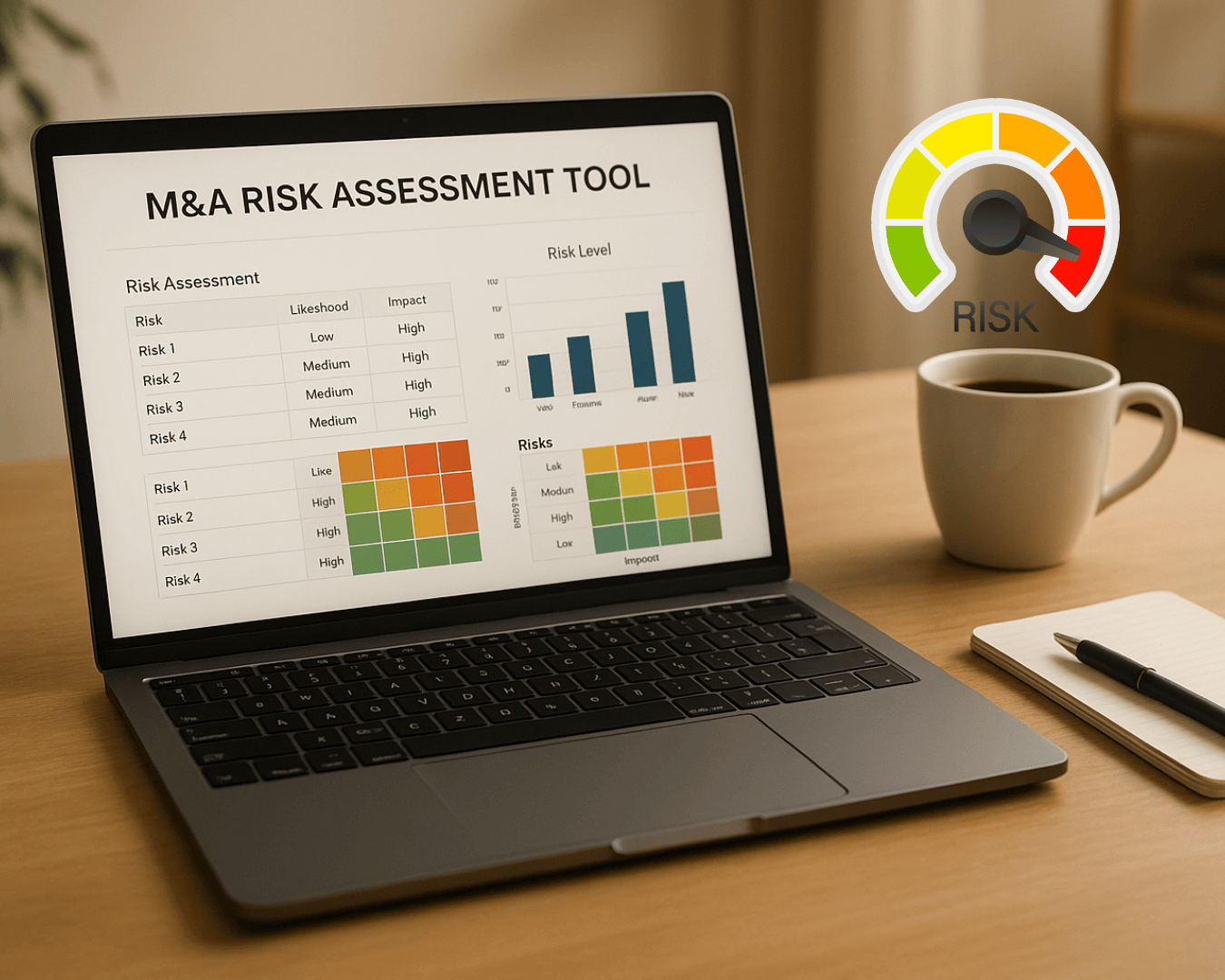











%20Loan%20Application%20Checklist.png)
